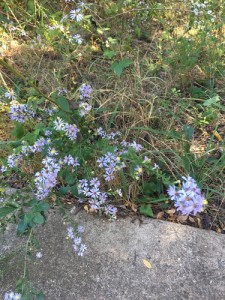While interviewing leaders of BatCon International in Austin, TX, I was lucky enough to visit a bat species restoration area with numerous recovering bats.  This little guy was hanging out (literally) up in a palm box in the recovery area. I got to watch him feed on small insects and crawl all over the handler’s glove!
This little guy was hanging out (literally) up in a palm box in the recovery area. I got to watch him feed on small insects and crawl all over the handler’s glove!
A strong flier with yellowish fur, the southern yellow bat (Lasiurus ega) is a lowland species, adapted to both dry and wet habitats. It roosts in trees, particularly palms. These bats are often seen hunting over water, including over swimming pools.
Because these bats typically roost in dreads of palm trees, they are almost always in danger of losing their habitat, as it’s most aesthetically pleasing for people to trim the lower leaves on palm trees, thus destroying the bats’ habitats! Land managers should consider promoting a different approach to maintaining palm trees by allowing the dead leaves to remain on trees. A minor change in our cultural taste in landscaping may be the greatest help we can  provide for the southern yellow bat. With the increasing numbers of ornamental palm trees
provide for the southern yellow bat. With the increasing numbers of ornamental palm trees
being planted in commercialized areas of South Texas, these bats may actually be gaining roosts.
You can find my iNaturalist observation here.












